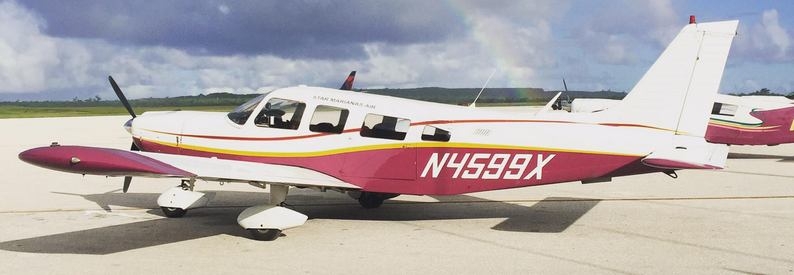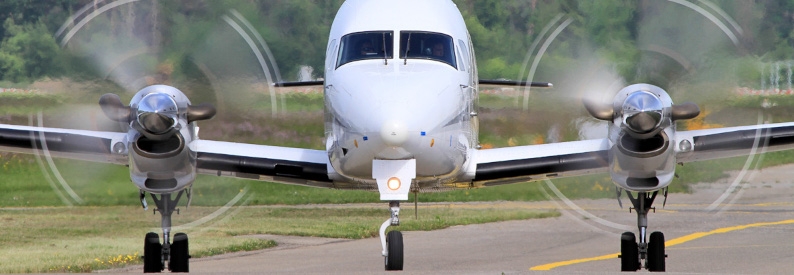Southern Airways Express (9X, Memphis International) has signed a USD250 million deal for twenty all-electric Regent Craft (North Kingstown) Seagliders, a new type of wing-in-ground-effect (WIG) vehicle that uses hydrofoils and distributed propulsion systems.
The Florida-based commuter airline will focus its initial Seaglider service on harbour-to-harbour flights in the New York/New England and Southeastern US markets, including Boston, Nantucket, Palm Beach, and Miami, the companies said in a joint statement.
Southern Airways Express has paid firm deposits for fifteen Vickers (United Kingdom) Viceroys, each holding up to 12 passengers, and five Monarchs, which can hold up to 100 passengers.
With this order, venture-backed Boston-based Regent grows its commercial sales book to over USD600 million, the company said. The name Regent is an acronym for Regional Electric Ground Effect Nautical Transport.
“Regent’s zero-emission electric vehicle unlocks an incredible amount of operating efficiency for our company while lowering costs, trip times, and our environmental footprint,” explained Southern Airways Express Chairman and Chief Executive Officer Stan Little. “We not only plan to integrate Seagliders into our existing air-transportation networks at coastal airports, but also to offer new downtown-to-downtown direct routes along coastal corridors.”
The Seaglider - currently under development and due to enter service in 2025 - is an all-electric flying vessel that combines the speed, comfort, and navigation systems of an aircraft with the convenience, manoeuvrability, and affordability of a boat. Regulated and certified by maritime authorities, the Seaglider will transport commercial passengers and critical cargo up to 289km at nearly 289km/hr with existing battery technology.
Leveraging existing dock infrastructure, the boat-aircraft hybrid will "float, foil, and fly,” the company explained, using an aerodynamic principle known as the "ground effect", the reduced aerodynamic drag that an aircraft's wings generate when they are close to a fixed surface. “From the dock and while in the no-wake zone, the vehicle will float on its hull. Upon reaching 30km/hr, it will rise up on its retractable hydrofoil. Hydrofoils offer significant wave tolerance and enhanced passenger comfort as the vehicle leaves the crowded city harbour at speeds between 30-64 km/hr. Upon reaching open water, the vehicle smoothly transitions onto its wing, retracts the foil, and accelerates to a comfortable 289km/hr cruise speed - all while staying within 30 metres of the water’s surface.
“Flight safety at these altitudes is achieved utilising a multiple-redundant, state-of-the-art navigation and control system. Similar to a hovercraft, Seagliders fly on a dynamic air cushion created by the pressurised air between the wings and the water. The aerodynamic advantage of this so-called “ground effect,” includes significant operational efficiencies, increased payload capability, and greater range,” it explained.
In the first quarter of 2021, Regent received USD465 million in provisional orders from airlines and ferry companies. "We have been flight testing our maritime detect-and-avoid solution, and we are on pace for the first flight of our quarter-scale prototype by Q4 of this year," it said.
"We closed our USD9 million seed round led by Founders Fund and Caffeinated Capital (lead investor of Boom Supersonic). We also had significant participation from Dallas Mavericks owner and technology investor Mark Cuban, Y Combinator, Thiel Capital, Relativity Space founder Jordan Noone, and Fitbit founder James Park," the company stated. Its founders include Chief Executive Officer Billy Thalheimer, an experienced aerospace business leader and market strategist with a background in flight physics; and Chief Technology Officer Mike Klinker, who spent years at Airware, Raptor Maps, MIT Lincoln Labs, and Aurora Flight Sciences designing and operating innovative unmanned vehicles and developing systems to increase safety in aviation.






